Contextualizing
Released in July 2025, Tales of the Shire is the latest title developed by Wētā Workshop in partnership with Private Division. Inspired by the world of J.R.R. Tolkien, the game shifts away from the epic fantasy typically associated with Middle-earth to offer a more intimate and serene experience: living as a hobbit in Bywater, in the heart of the Shire. The focus is on everyday activities like gardening, fishing, cooking, and spending time with neighbors, all within an environment that aims to capture the cozy spirit of The Hobbit.
The concept is appealing, especially for those who enjoy slower-paced games with comforting atmospheres. However, since its release, Tales of the Shire has divided opinions. While some players are charmed by the simplicity of hobbit life, others highlight structural limitations and technical issues that detract from the overall experience.
Official trailer:
Technical Issues Undermine the Experience
One of the primary challenges facing Tales of the Shire is its inconsistent performance across platforms. Players using PlayStation 5 or the new Switch 2 report a stable and visually polished experience. On these systems, the game runs smoothly, with no crashes and reasonable loading times.
The situation is different on the original Switch. Many users report frequent frame drops, low graphical fidelity, and occasional crashes that require restarting the game. On PC, performance varies widely. While players with high-end systems may encounter few issues, others report bugs, freezing, and crashes that significantly disrupt gameplay.
These inconsistencies interfere with the game’s core intention: to provide a peaceful and immersive experience. When players must regularly deal with technical problems, what should be a soothing escape turns into a frustrating ordeal.
Impressions Along the Journey
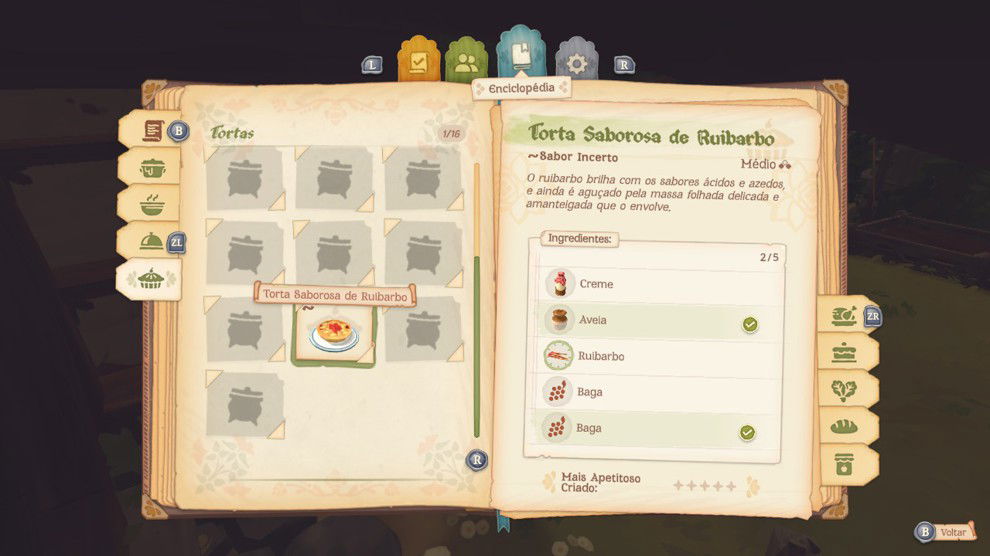
Beginning your journey in Tales of the Shire, it's easy to be enchanted by the atmosphere. The art direction successfully evokes the feeling of being in the Shire. There's evident attention to detail in the environment, seasonal changes, and how the world responds to weather. The game encourages players to slow down, tend to the garden, prepare meals, and keep the house in order. This introduction is undeniably engaging.
As time goes on, however, the initial charm begins to wear off. Tasks become predictable, and the lack of variety starts to diminish the overall experience. The daily routine sets in with few surprises, and what once felt comforting can become mechanical.
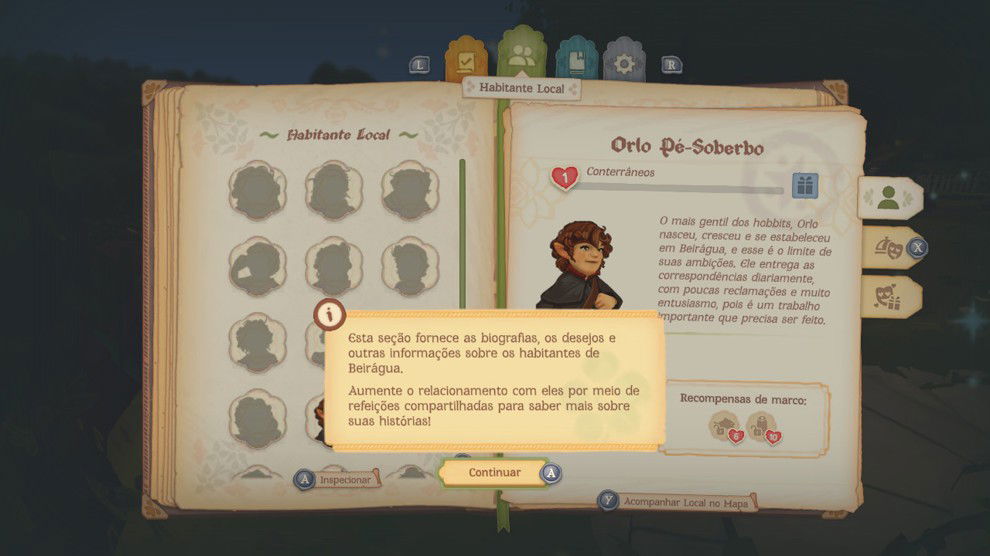
One of the more disappointing elements is the shallow interaction with characters. The residents of Bywater show little development over time. Conversations are short, usually tied to quests, and lack emotional depth. For a game that simulates community life, this is a major shortcoming.
On the other hand, the cooking system offers intriguing possibilities. The ability to adjust flavor and texture hints at a more complex system, but the lack of clear instructions and feedback often makes the activity confusing and frustrating. In contrast, hobbit house customization stands out as one of the stronger mechanics. The freedom to decorate, move furniture, and transform the living space fosters a sense of belonging that few other elements in the game manage to deliver.
What Works and What Falls Short in Tales of the Shire
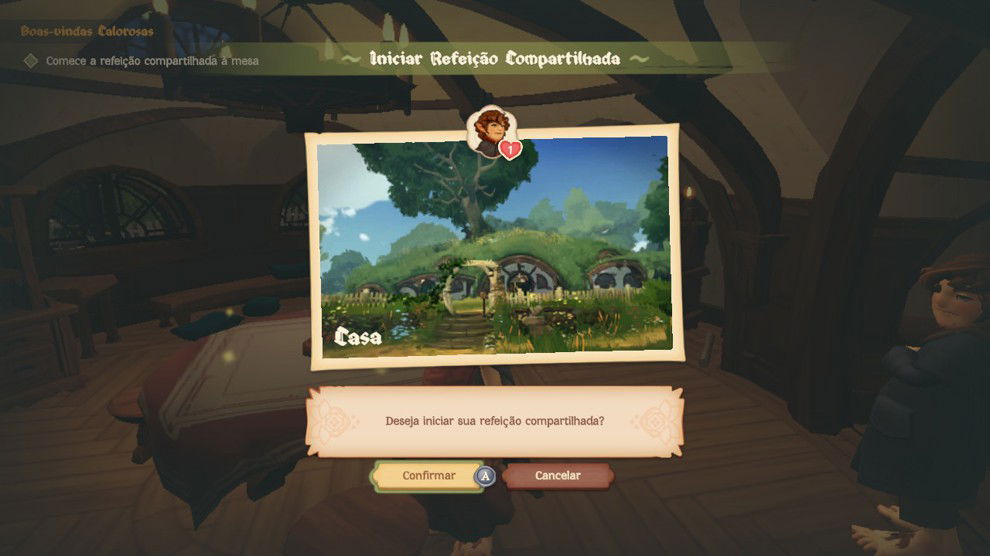
Pros
Cozy Atmosphere and Well-Crafted Setting
The Shire is rendered with care. Its lush vegetation, changing seasons, and hobbit architecture create an immersive environment. The atmosphere is relaxing, supported by a gentle soundtrack and a slow-paced rhythm. For players looking to unwind, this is one of the game’s strongest aspects.
Visual Style Consistent with the World
Rather than aiming for photorealism, the game opts for a stylized aesthetic that fits its theme. Soft colors, rounded character models, and detailed environments contribute to visual harmony, which enhances immersion.

Functional and Creative Decoration System
The hobbit house is where players can express the most creativity. You can freely place furniture, stack items, blend styles, and transform the space over time.
While simple, this mechanic is effective and satisfying, allowing players to make the house feel like their own.
Variety of Tasks Early On
In the early stages, there’s plenty to explore: harvesting ingredients, planting herbs, fishing, cooking, and completing quests for local clubs. This initial range of tasks helps establish a routine and invites players to explore the game’s systems, even if they don’t evolve significantly.
If you enjoy this kind of gameplay, the opening hours can be very enjoyable.
Faithful to Tolkien’s Spirit
Despite its limitations, the game remains respectful of Tolkien’s universe. There are no battles or threats—only peaceful, everyday routines, reminiscent of the early pages of The Hobbit. This thematic consistency will appeal to fans of the original works.
Cons
Shallow Characters with Little Development
The hobbits of Bywater are portrayed with basic personality traits and show little growth throughout the game. Interactions are often brief and repetitive, weakening the feeling of a dynamic and connected community.
The lack of side stories or meaningful conversations makes the world feel less alive. More than once, conversations felt empty and unmemorable.
Frequent Technical Issues
Bugs, crashes, and long loading times, especially on older consoles or mid-range PCs, seriously harm the experience. Being forced to restart the game repeatedly breaks immersion and undermines the intended relaxing pace.
Repetitive Tasks
Daily activities like fishing, cooking, and collecting ingredients quickly lose their novelty. Without surprise events or significant variation, repetition sets in. Over time, this affects motivation and player engagement.
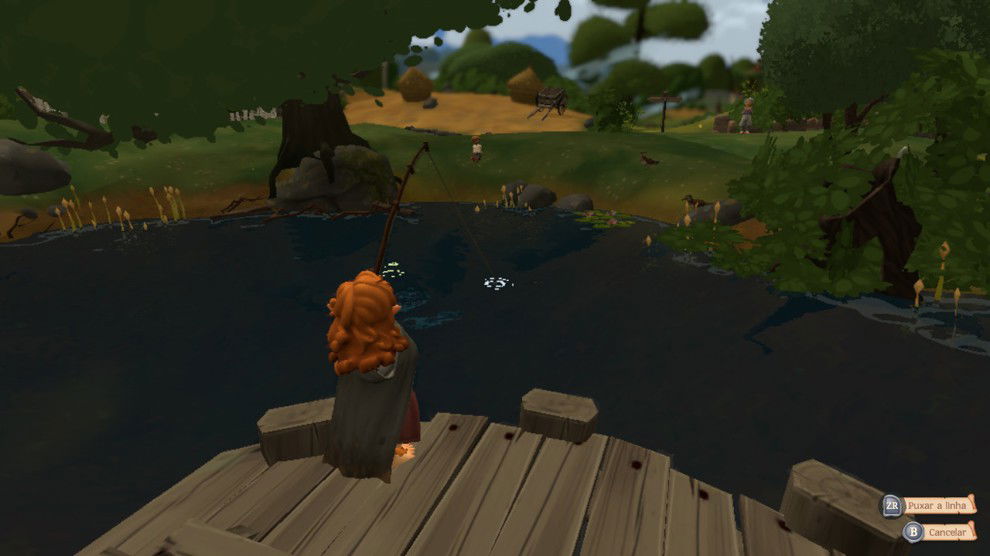
Unintuitive Interface and Steep Learning Curve
Some systems, like cooking and advanced gardening, lack clear guidance. Players are left to experiment through trial and error, which clashes with the game’s accessible and calming goals. Additionally, menu layouts and inventory management could be more intuitive.
Short Main Campaign
The main story can be completed within a few hours and lacks memorable highlights. Progression depends heavily on repetitive tasks, with no strong narrative arcs to keep the player engaged.
Limited and Uninteractive World
Despite its visual charm, the Shire offers little in the way of interactive elements. There are no hidden areas, surprise events, or features that inspire curiosity. The world feels static; more like a set piece than a living, breathing environment.
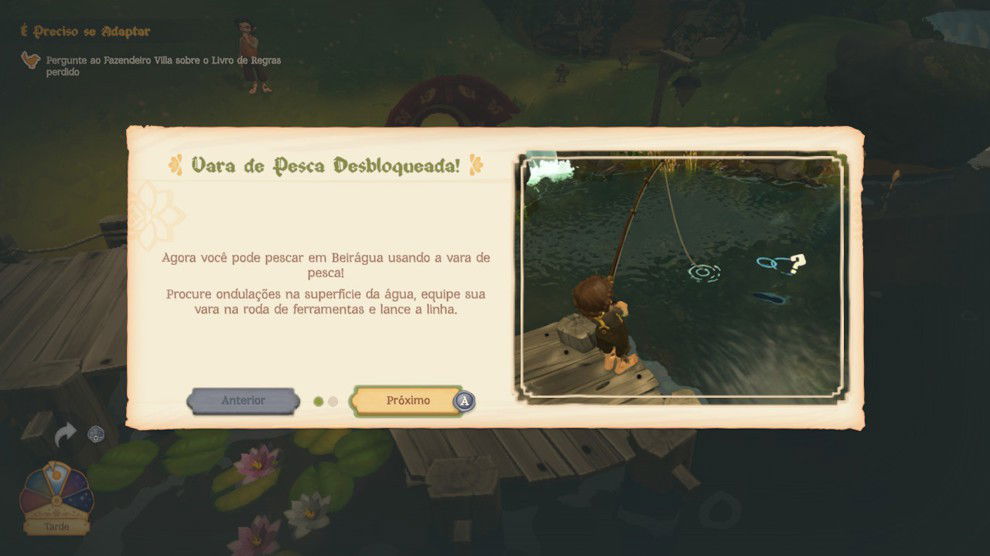
Conclusion
Tales of the Shire begins with a promising concept and partially delivers on it: a relaxing, inviting, and visually appealing space where players can settle into a calm routine. However, as the game unfolds, its limitations become increasingly noticeable. Shallow systems, lackluster character interaction, and technical setbacks prevent it from reaching its full potential.
That said, for those who prioritize atmosphere and enjoy games focused on customization and visual storytelling, there are moments of enjoyment to be found. It’s important to approach the game with tempered expectations. Tales of the Shire is not a spiritual successor to Stardew Valley or Animal Crossing. It’s more of a short, charming, and limited experience that may resonate with the most patient and devoted fans of Middle-earth.










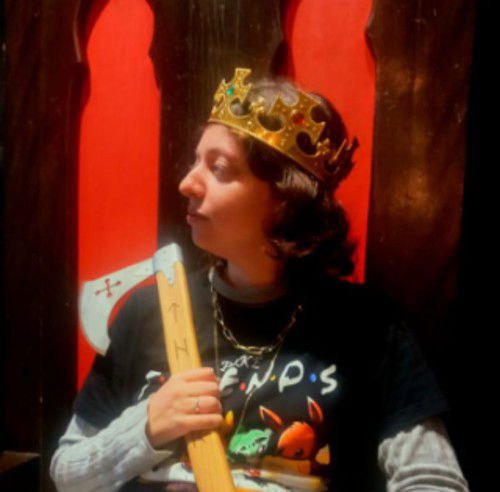

— Comments 0
, Reactions 1
Be the first to comment